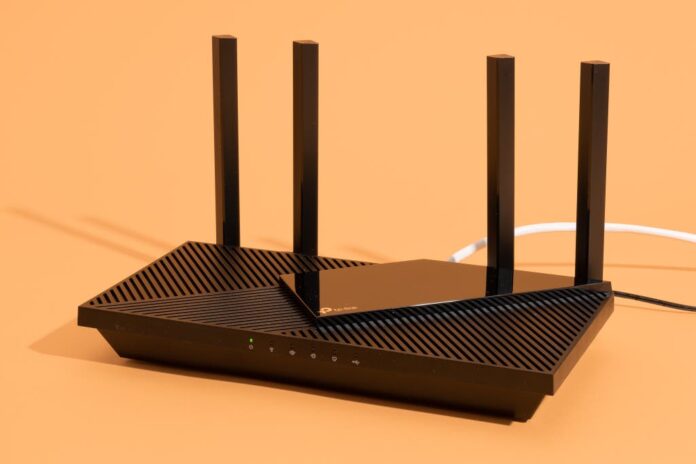
In the digital age, a reliable and high-performing home network is essential for smooth internet connectivity and seamless online experiences. Whether you’re streaming 4K videos, engaging in online gaming, or working from home, having a robust home network is crucial. One of the key components that can significantly improve your network’s performance is the access point. In this article, we’ll explore 5 essential tips for selecting the best access point to upgrade your home network in 2024.
1. Assess Your Network Requirements
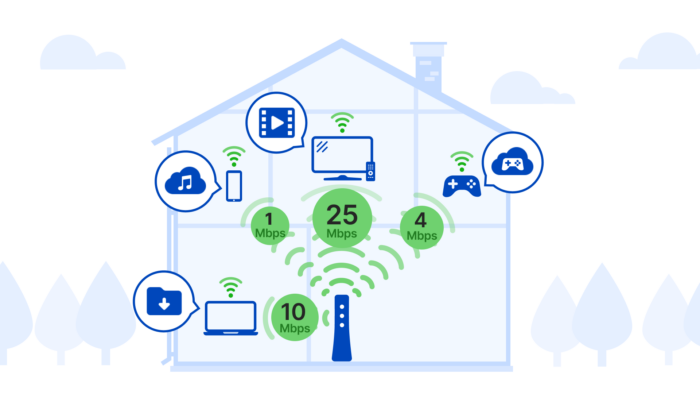
As advised by experts from EnGenius, before diving into the world of access points, take a moment to assess your network requirements, including the possibility of an ethernet connection. Consider the number of devices that will connect to the entry point, the size of your home, and the internet activities that demand high bandwidth. Understanding your needs will help you choose an access point with the appropriate specifications and capabilities, ensuring that both wireless and wired devices can seamlessly connect to the network.
2. Determine the Wireless Standard

The wireless standard of an access point is a crucial factor in its performance. In 2024, the prevailing standard is likely to be Wi-Fi 6 (802.11ax) or even the emerging Wi-Fi 6E. These standards offer increased data transfer rates, better performance in crowded environments, and improved energy efficiency. Investing in a Wi-Fi 6 or Wi-Fi 6E entrance matter will future-proof your network and ensure compatibility with the latest devices.
3. Consider Dual-Band or Tri-Band Support
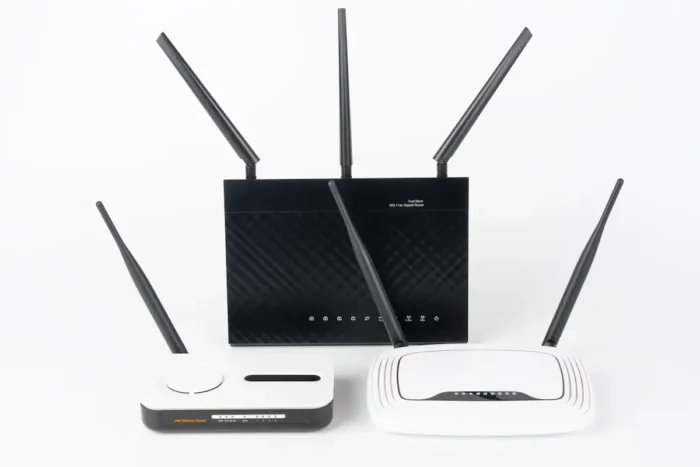
For optimal performance, consider whether you need a dual-band or tri-band access point. Dual-band access points operate on both the 2.4 GHz and 5 GHz frequencies, offering flexibility in connecting various devices. Tri-band admission matters, on the other hand, adding an extra 5 GHz band, which can be beneficial for homes with multiple high-bandwidth devices and users.
4. Check the Data Transfer Speeds
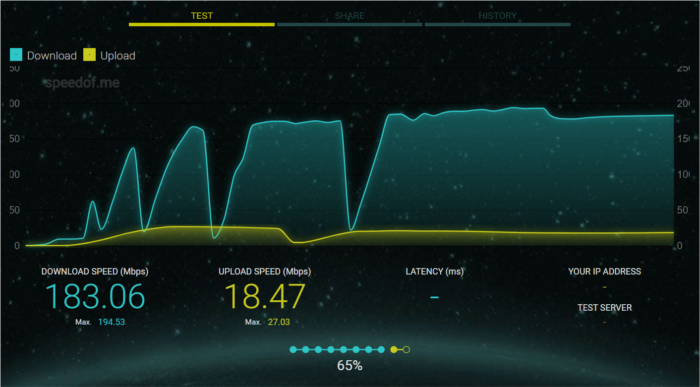
The data transfer speeds of access points are often measured in megabits per second (Mbps) or gigabits per second (Gbps). Look for an entry issue with high data transfer speeds to ensure smooth and fast data transmission. However, keep in mind that the actual speeds you achieve will depend on various factors like the distance from the entrance topic, interference, and the capabilities of your devices.
5. Evaluate Antenna Configuration
When selecting an admission point, it’s essential to evaluate the antenna configuration. Permit issues come with different antenna types, such as omnidirectional and directional antennas. Omnidirectional antennas provide a 360-degree coverage pattern, making them suitable for general home use. On the other hand, directional antennas focus their signal in a specific direction, ideal for targeting a particular area or floor. Choosing the right antenna configuration will ensure optimal coverage and performance for your home network.
Conclusion
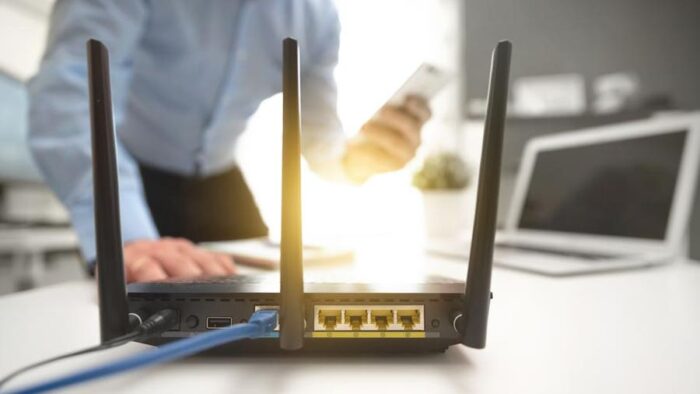
Upgrading your home network with the right entry point can make a substantial difference in your internet experience. With a reliable and high-performance entrance point, you’ll enjoy faster internet speeds, reduced lag, and seamless connectivity for all your devices, enhancing your overall online lifestyle.








